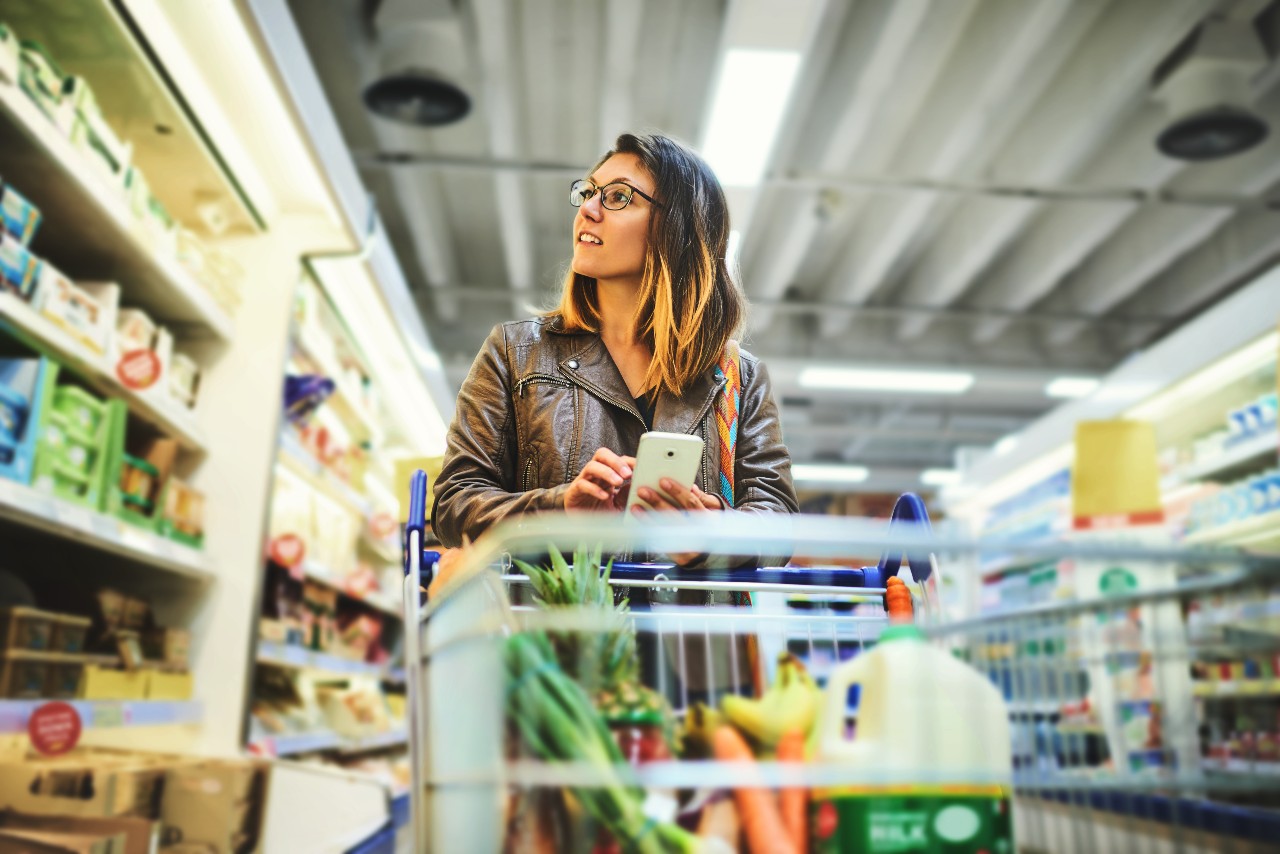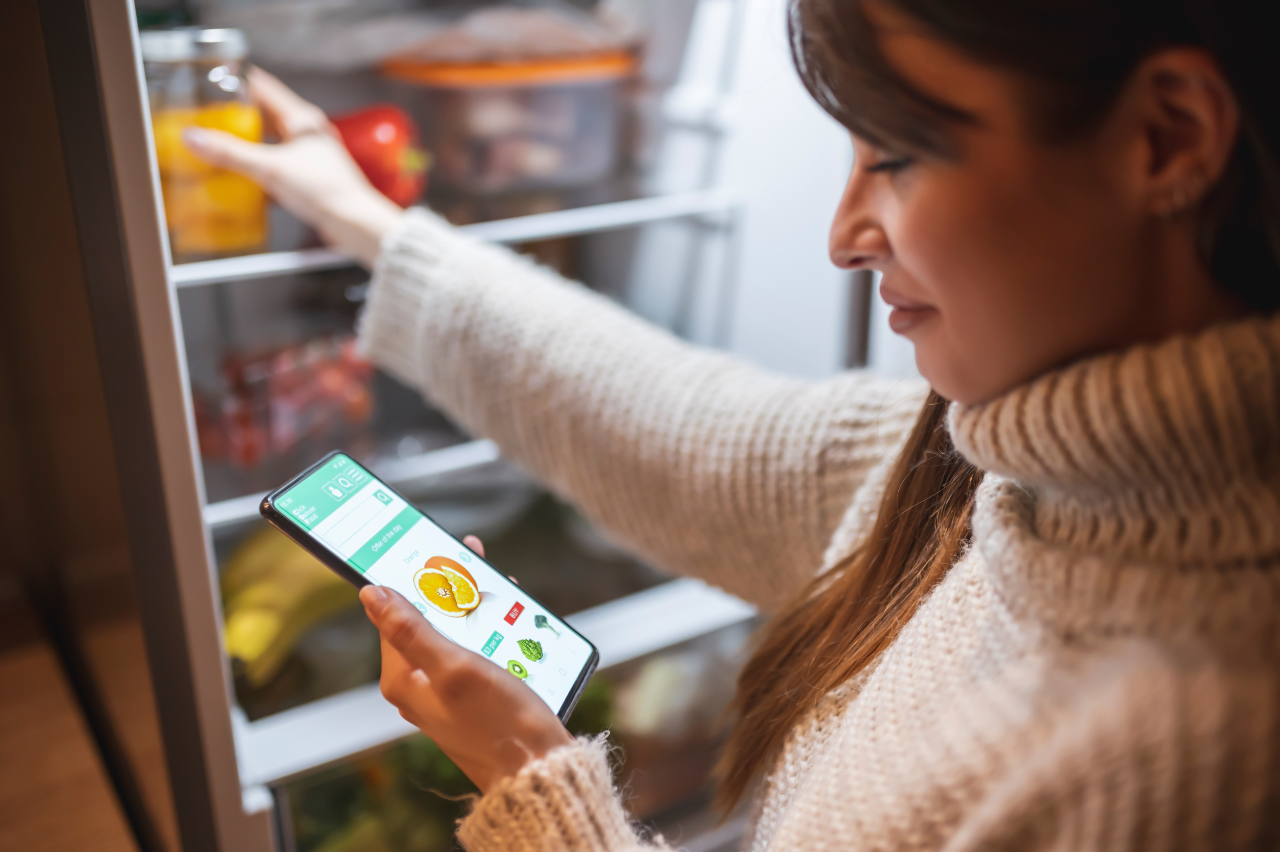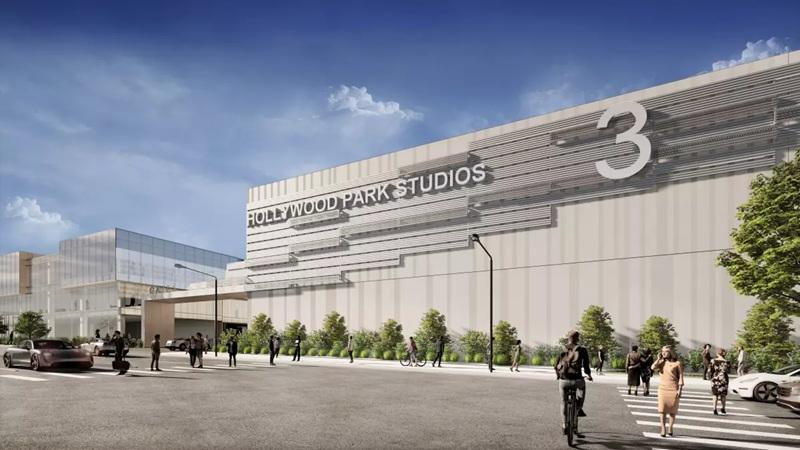It’s official: grocery retail properties are back in a serious way. Coming off the trajectory-shifting pandemic years, consumers are returning to in-person shopping experiences in droves. And one of the hottest commodities since COVID-19 first became a household name? Food. Inflation and the occasional shortage only serve to further stoke that demand. As cutting edge technology is introduced to revitalize the traditional grocery retail model, consumers are looking for healthier, more affordable alternatives to restaurants.
The Value of a Home-Cooked Meal

Leave it to a global pandemic to urge you to re-evaluate your priorities. During the COVID-19 peaks, grocers and marketing analysts alike watched grocery retail spending surge to new heights. Now, as people return to in-store shopping, inflation is keeping certain food items in high demand. Compounded by work-from-home arrangements, consumers are placing a heightened emphasis on a home-cooked meal.
Part of this has to do with inflation keeping grocery prices high. With so much of the average consumer’s earnings devoted to the food itself, grocery delivery services and eating out have returned to luxury status. This is further contrasted by the sudden and rapid reliance the pandemic placed on delivery services and similar conveniences. And while demand for delivery services is expected to drop further as consumers balance convenience against budgets, it’s unlikely it will ever fully go away.
During the pandemic, an additional $25 or $30 in tips and delivery fees was the price of avoiding exposure. But today? It’s just another expense that the average consumer can’t regularly afford. Especially when grocery retail locations are making the in-house shopping experience more convenient than ever.
The Conveniences of Modern Grocery Retail Stores

The contemporary supermarket is vastly different from what we would have visited even a decade ago. Technology has made operations of a grocery retail location more efficient with state-of-the-art inventory management software and interactive marketing.
But grocery stores are also setting out to prove that customers don’t need to sacrifice convenience to shop in-person. They just have to get used to the new face of it. Supermarkets are keeping convenience at the forefront by using cutting edge technology such as:
- Handheld scanners that allow you to scan items and pay for them without worrying about lines.
- AI-augmented “smart carts” that take care of scanning and payment operations.
- Apps capable of storing shopping lists, navigating stores, calculating reward program benefits, and issuing digital coupons.
Delivery services put a steep price on convenience. Brick-and-mortar grocers are bringing consumers back by offering different types of convenience at minimal to no charge.
Leaving Customers in the Dark… in a Good Way

Commercial warehouses are also being utilized to pivot to changing consumer demands. Pioneered by the “ghost kitchen” model, “dark stores” act as grocery fulfillment and distribution centers. Customers are typically given the option to choose between delivery and curbside pick-up, doing the entirety of their shopping online. Without having to consider store aesthetics or an in-store shopping experience, grocery retail innovators save money with dark stores. And those savings can be passed to the customer.
Taking the “Super” Out of the Supermarket
However, consumer trends aren’t all about convenience. Even prior to the pandemic, a pronounced appreciation for fresh, healthy, sustainable ingredients was building. And these days, it’s stronger than ever.
As a result, smaller grocery retail shops offering fresh, farm-to-table ingredients have taken off. It’s such a strong trend that even larger chains are creating smaller spin-off brands offering produce, fresh meat, and often an abundance of meat and dairy alternatives.
The State of Grocery Retail Property Inventory
With the increased demand for retail grocery and supermarket space hitting a high, the question falls to inventory. And there may be a fair amount of that if the proposed merger between Kroger and Albertsons passes. It’s safe to assume that such an enormous merger would have its fair share of divestments. If that’s the case, savvy investors will have plenty of chances to snatch up some premium supermarket real estate.




